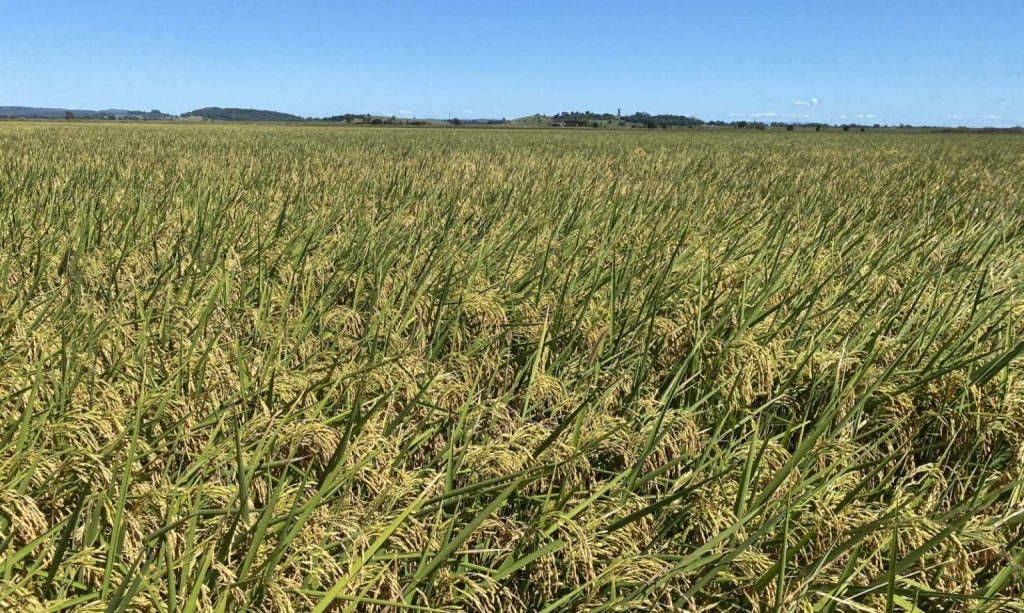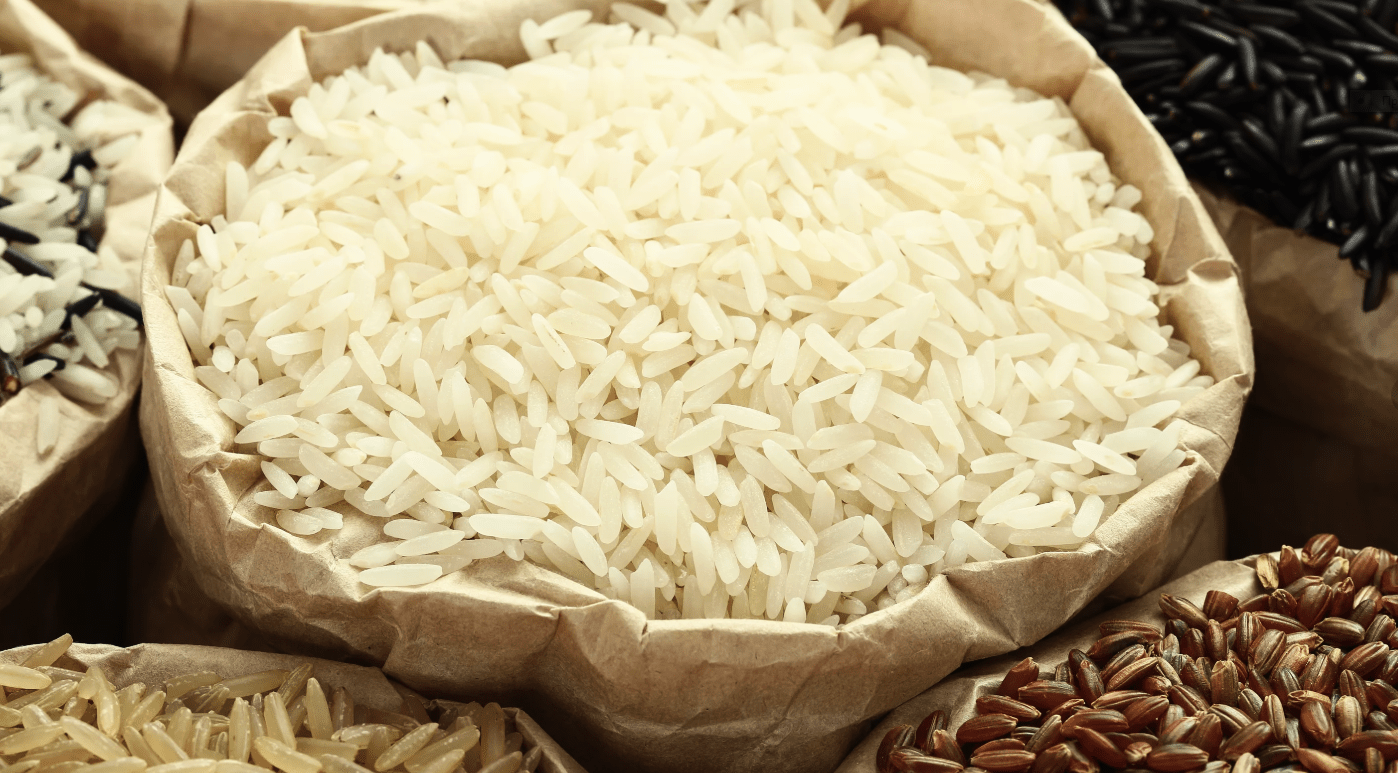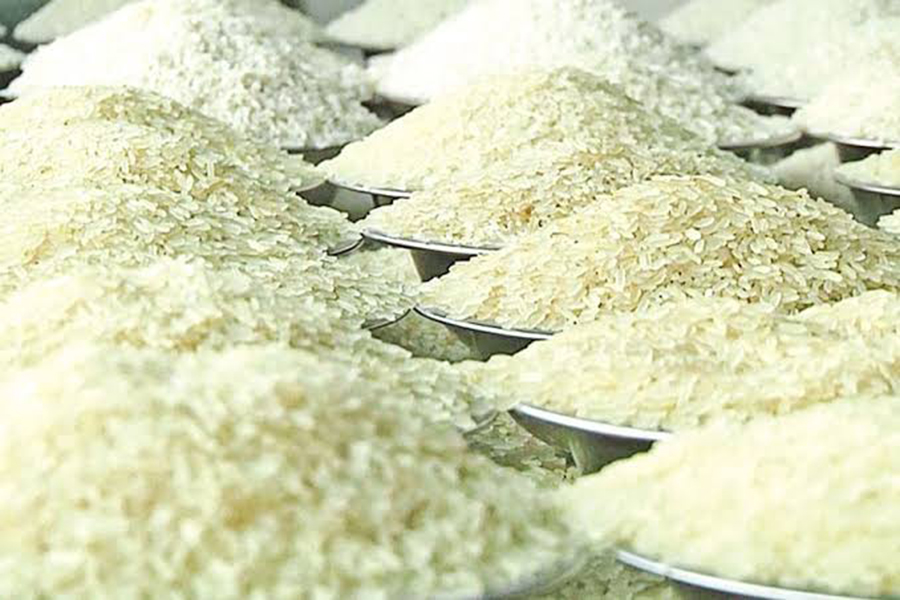Tags
Chances build for Northern Rivers rice to step around single desk

Northern NSW growers are set to benefit from proposed changes to the rice vesting arrangements. Photo: Natural Rice Co
THE NEW South Wales Government has revealed plans to enhance export avenues for the burgeoning rice-growing sector in the Northern Rivers region by exempting it from the constraints imposed by historic vesting arrangements.
It has flagged a new bill, to be introduced into parliament in May, which will develop a new rice export marketing and trade arrangement for the Northern Rivers growing region.
Alongside this decision, the government has also committed to retaining the arrangements for Riverina growers until at least 2029, moving against recommendations released this week by ABARES.
The recommendations were part of a report, commissioned by the state government, into the rice vesting arrangement, and the potential impacts of the system on the future of the industry.
The Independent report into NSW rice vesting arrangements recommended the NSW Government abolish the arrangement.
It also suggested transitioning the current administering organisation, the Rice Marketing Board, into an advisory role to assist the industry in moving away from a single desk framework.
Minister for Agriculture, Minister for Regional NSW, and Minister for Western NSW, Tara Moriarty, said the government had opted to keep the rice vesting arrangements in place with a review by 30 June 2029.
This extends the current vesting arrangement by two years, with the authority due to run out in 2027.
She said the decision to maintain the current vesting arrangement was largely supported by Riverina growers.
“We are both recognising the needs and value of the established growers in the south, and opening up opportunities for the emerging sector in the Northern Rivers,” Ms Moriarty said.
Opposing views
Rice is the last commodity to be governed by a single-desk marketing framework, which governed trade from the 1920s until the early 2000s for most grain crops.
The rice arrangement means exports are marketed by a sole and exclusive export licence holder alongside a number of authorised buyers, currently 14, which are permitted to trade within Australia.
ASX-listed SunRice has always held the export license, with a new agreement to extend the license to 2027 signed last year.
Under the current system, SunRice has no significant competition, and operates the majority of Australia’s milling and receival and storage infrastructure, estimated to have the annual capacity to process up to 800,000 tonnes and store up to 1 million tonnes.
SunRice believes removing the single desk would risk impacting Australia’s access to premium overseas markets and result in lower prices for all growers.
In a statement to the ASX, SunRice pointed out that, as 97-99 percent of Australian rice is currently grown in the Riverina, “a second arrangement for the Northern Rivers region relates to approximately 1-3pc of current rice production”.
The company said it was “reviewing the NSW Government’s response” to the report and “awaits the issue of the draft legislation”.
Northern Rivers growers have consistently objected to this arrangement, claiming that another export licence should be created, or an exemption granted to allow the industry to export rice.
The industry is spearheaded by Natural Rice Co, a family-owned firm located near Kyogle, with an estimated storage capacity of around 6000t.
The company is a vocal opponent of the single desk, and claims the structure limits the industry’s production growth, ability to develop supply chains, and get support for breeding activities.
ABARES backed this view, finding that an additional, targeted export licence would “not significantly affect the rice pool”, as the Northern Rivers supply chain was “likely to focus on relatively niche rice varieties” and “focus on differentiated attributes, such as the environmental benefits of the industry’s ‘dryland’ production system”.
The Ricegrowers Association of Australia is an industry body which represents 98pc of growers, and has always supported the single desk.
In its submission to a 2021 review, the RGA said “the benefits associated with vesting, and in particular price premium for growers, can only be achieved through the restriction on export competition”.
RGA president Peter Herrmann said the rice industry would “demonstrate its resilience by adapting to the proposed ‘targeted reforms’”.

RGA president Peter Herrmann
“We look forward to working through the proposed legislation with the department, and we welcome the proposed extension of the current vesting arrangements until 2029,” Mr Herrmann said.
“The proposed reforms, while not in keeping with the views of the majority of ricegrowers, may provide some certainty following numerous reviews.
“It may create new opportunities for growers in the NSW Northern Rivers region.”
ABARES takes aim at vesting
While creating a new export pathway for northern growers, the proposed government legislation would not open markets for other Riverina rice companies wanting to expand operations.
The current system allows these operations to sell rice domestically, but not trade overseas or sell the goods to another company which would export the product.
This would require the complete abolition of rice vesting, a proposal supported by ABARES and opposed by the majority of rice growers.
In its report, ABARES found the system reduced returns to growers, and keeping the arrangement would result in further declines in returns in the future.
This assessment was based on modelling which showed rice production would continue to decrease in the coming years due to projected reductions in water availability from climate change and Murray-Darling Basin policies.
The report said this has resulted in a “storage and processing overcapacity”, with a total crop of over 760,000t needed to “support SunRice’s mills at efficient utilisation rates”.
This tonnage has only been reached in five of the past 20 seasons and, in low production years, many facilities have had to be placed in care-and-maintenance mode.
“The capital, maintenance and efficiency costs of carrying this excess infrastructure is borne by the industry – specifically, by growers through the rice pool – and reduces returns to growers,” the report said.
The report found these costs would be higher than under a non-vesting arrangement and bring significant future risks for growers and SunRice.
It theorised that if vesting was removed, SunRice could be forced to become more efficient with its infrastructure usage, supporting greater returns for growers.
Future of vesting
While the NSW Government has pledged its support for vesting in the immediate future, it has left the door open to the possibility of removing the arrangement.
In its response to the ABARES report, the government said by extending the vesting expiry date to 2029, it would allow “for the partial reforms to take effect and to collect appropriate data and evidence from these reforms to inform future vesting decisions”.
“DPI and Treasury will work with the RMB to develop appropriate metrics and thresholds to assess the outcomes of vesting arrangements over the next five years, and which future decisions about vesting can be based.”
https://www.graincentral.com/news/hopes-build-for-northern-rivers-rice-to-step-around-single-desk/Published Date: April 10, 2024






